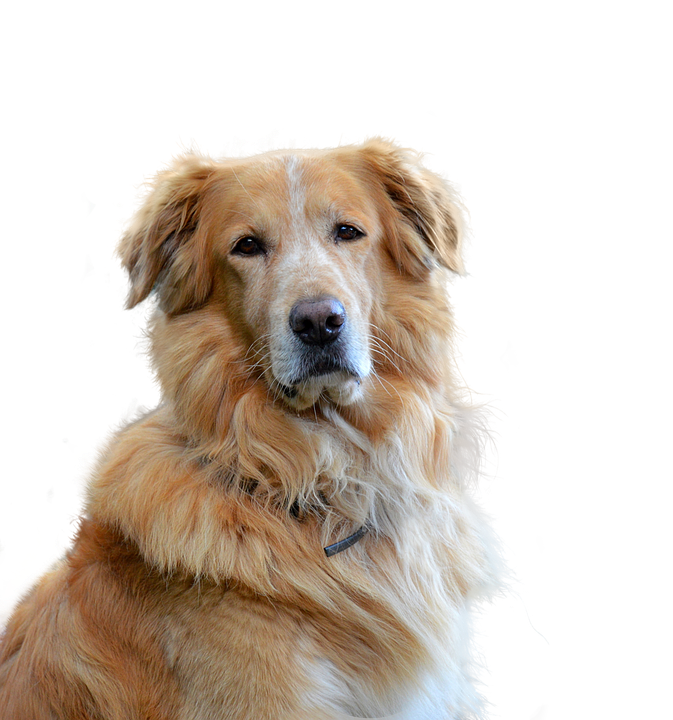Welcoming a new puppy into your home is an exciting experience, but it also comes with its fair share of challenges. Properly training your puppy is crucial for their well-being and your sanity as a pet owner. In this comprehensive guide, we will walk you through effective puppy training techniques, step-by-step. From basic commands to potty training, we’ve got you covered!
Understanding the Importance of Puppy Training
Puppy training is not just about teaching your furry friend a few tricks; it is a vital aspect of their overall development and well-being. Effective training sets the stage for a harmonious relationship between you and your pup. It helps prevent behavioral problems, fosters good manners, and ensures a safe and happy environment for all.
Setting the Foundation: Socialization
Early socialization is key to raising a well-rounded and confident dog. Introduce your puppy to a variety of experiences, people, and other animals in a positive and controlled manner. This exposure will help them develop into a friendly and adaptable adult dog.
Basic Commands: Sit, Stay, and Come
Teaching your puppy basic commands lays the groundwork for more advanced training in the future. Start with simple commands like “sit,” “stay,” and “come.” Use positive reinforcement techniques such as treats and praise to encourage your pup’s compliance and make the learning process enjoyable for both of you.
Crate Training: A Safe Haven for Your Pup
Crate training provides your puppy with a safe and secure space they can call their own. Make sure to introduce the crate gradually, associate it with positive experiences, and never use it as a form of punishment. Crate training helps with potty training, prevents destructive behavior when you’re away, and aids in creating a routine for your pup.
Potty Training: Establishing Good Habits
No puppy training guide would be complete without addressing the often-dreaded task of potty training. Consistency, patience, and positive reinforcement are the keys to success. Establish a routine, anticipate your puppy’s needs, and reward them when they eliminate in the appropriate spot. With time and practice, your pup will become a house-training champion!
leash Training: Mastering the Walk
Taking your puppy for a walk is not only a great way to exercise them but also an opportunity to reinforce their training. Leash training teaches your pup to walk politely without pulling and to respond to commands while on a leash. Start with short and positive sessions, gradually increasing the duration and distractions.
Addressing Common Behavioral Issues
Puppies, like human babies, go through various developmental stages that may lead to challenging behaviors. From biting and chewing to excessive barking and jumping, it’s important to address these issues promptly and effectively. Understanding the underlying causes and employing positive training techniques will help curb undesirable behaviors and promote a well-mannered dog.
FAQs: Answers to Your Burning Questions
Q: How long does it take to train a puppy?
A: The duration of puppy training varies depending on factors such as breed, age, and consistency of training. Generally, basic commands can be taught within a few weeks, but full training may take several months or more.
Q: Is it necessary to hire a professional trainer?
A: While it’s not mandatory, professional trainers can provide valuable guidance and expertise, especially for specific behavioral issues or advanced training goals. However, many pet owners successfully train their puppies using proven techniques and resources available online.
Q: How often should I train my puppy?
A: Puppies have short attention spans, so it’s important to keep training sessions short and frequent. Aim for several short sessions (5-10 minutes) throughout the day, focusing on one command or behavior at a time.
Q: What if my puppy doesn’t respond to training?
A: Every puppy is unique, and some may require more time and patience than others. If your puppy is struggling to respond to training, reassess your approach, seek advice from professionals, and consider adjusting your training methods to better suit your pup’s personality and learning style.
Conclusion
Training your puppy may seem like a daunting task, but with the right techniques and a little patience, you can successfully shape them into a well-behaved and happy companion. Remember, consistency, positive reinforcement, and understanding your pup’s individual needs are the keys to effective puppy training. Embrace the journey and enjoy the lifelong bond you will build with your furry friend!









